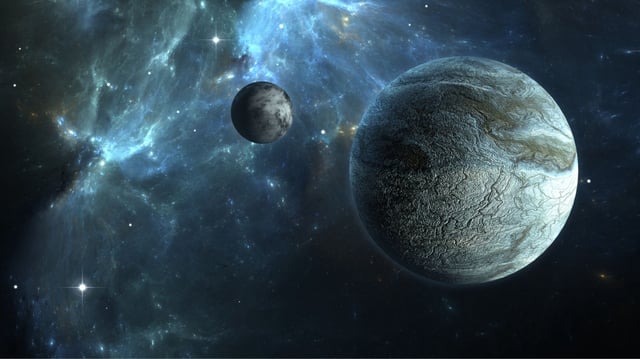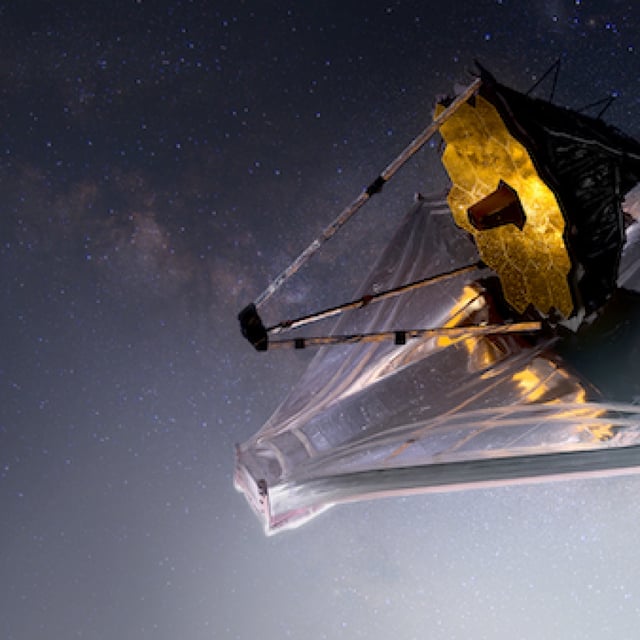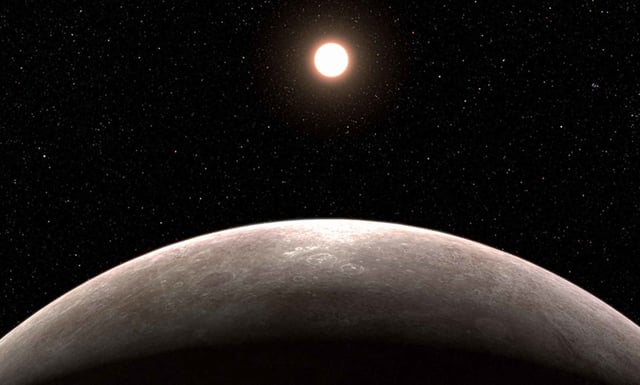Overview
- The James Webb Space Telescope directly imaged carbon dioxide in the atmospheres of the four gas giant planets in the HR 8799 system, located 130 light-years away.
- This marks the first detection of carbon dioxide via direct imaging, advancing beyond earlier methods that inferred atmospheric composition from starlight.
- The findings support the core accretion model of planetary formation, suggesting the gas giants formed similarly to Jupiter and Saturn in our solar system.
- Webb's coronagraph technology enabled these observations by blocking light from the host star, revealing detailed atmospheric data at specific infrared wavelengths.
- The study highlights the potential for further Webb observations to refine planetary formation models and explore the impact of gas giants on smaller, potentially habitable planets.



